Tungsram CFL Bulbs
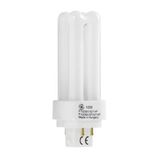
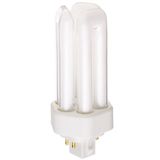

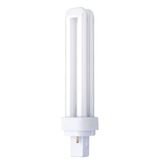
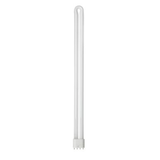

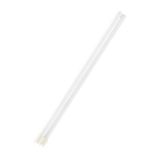
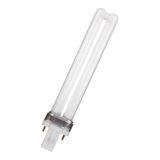
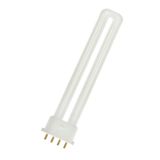
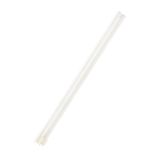
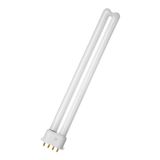
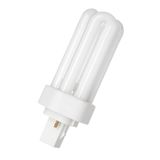
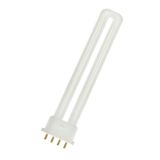
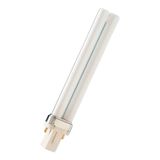
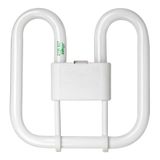
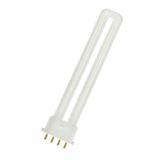

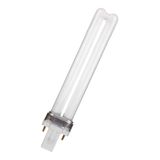
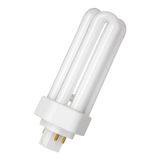
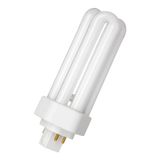
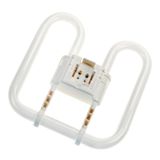

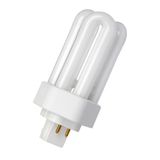

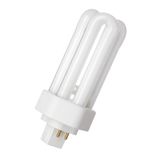
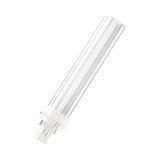

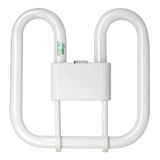

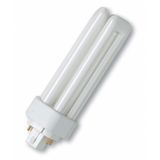
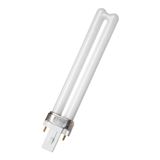


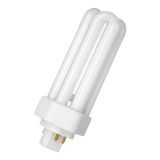
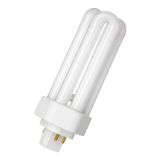
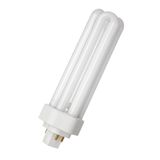
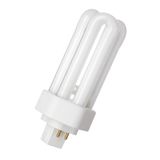
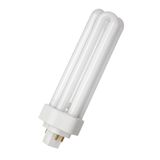
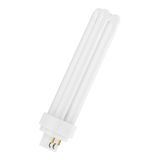

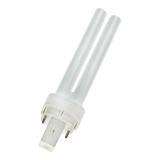
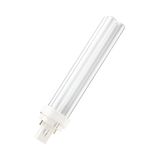
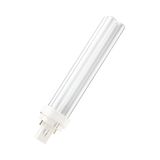

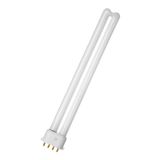
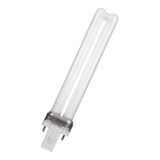



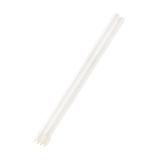
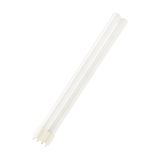
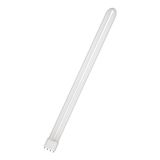
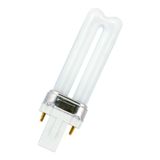


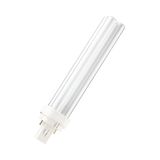
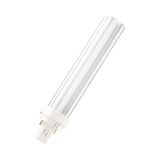
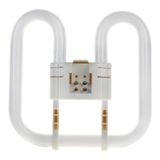
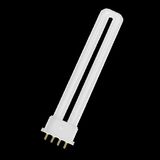
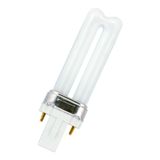
-
-
1
- 2
-
tungsram cfl bulbs assortment for trade
Contractor-grade coverage spans spiral and mini-spiral lamps, classic stick forms, candle and globe aesthetics, plus 2D square formats for bulkheads. Power steps typically 5–45 W with lumen bands from ~250 to ~3,200 lm. Warm (2700 K), neutral (3000–4000 K), and daylight (6500 K) are standard so planners can place tungsram cfl bulbs across corridors, plant rooms, and public areas without mixing suppliers.
tungsram compact fluorescent lamps series and caps
Self-ballasted models use E14/E27/B22d caps and integrate PFC and preheat starters; plug-in types come as 2-pin and 4-pin with G23, GX23, G24d-1/2/3, G24q-1/2/3, 2G11, GR10q. The long 2G11 range covers 18–55 W for slim ceiling slots; GR10q 16–38 W suits shallow bulkheads. These are the core building blocks when spec sheets call for tungsram compact fluorescent lamps in legacy housings that must remain approved.
tungsram energy saving bulbs technical parameters
Expect CRI ~80, power factor ≥0.5 on self-ballasted and ≥0.95 on HF-gear plug-ins, typical lifetime 8,000–15,000 h for integral lamps and 10,000–20,000 h on high-quality electronic ballasts. Warm-up to 80 % flux takes 30–90 s; frequent switching favors preheat/HF control. Safety and performance reference IEC 60968 for integral types, IEC 60901 for single-capped tubes, and EN/IEC 61347 controlgear—exactly what buyers need when assigning tungsram energy saving bulbs to compliance matrices.
tungsram cfl lighting applications and optics
Use spirals for compact luminaires and wide diffuse beams, sticks for linear shades, and 2D lamps for uniform bulkhead disks. Daylight versions lift task contrast in workshops; warm white keeps lobbies comfortable. Photometry is repeatable, so designers can keep approved IES/LDT files when scheduling tungsram cfl lighting for hotels, education, and healthcare corridors.
tungsram compact lamps integration with gear and luminaires
Plug-in families pair with fixed-output or dimmable HF ballasts (DALI or 1–10 V) and hold flicker low at mains variations. Keep cable lengths inside ballast tables, segregate SELV from mains, and respect luminaire Tmax. When estates mix CFL and LED, planners retain tungsram compact lamps where shallow canopies or diffuser geometry depend on the original arc length.
tungsram fluorescent light bulbs procurement matrix
Organize by cap, wattage, CCT, and envelope shape; for 4-pin types add ballast class and dimming. Stock neutral-white 4000 K as the fleet default and ring-fence warm or daylight SKUs for specific rooms. A one-page matrix for tungsram fluorescent light bulbs speeds cross-site ordering and avoids unapproved substitutes.
tungsram retrofit cfl lamps legacy replacements
When replacing mercury or early compact models, match lumen, CCT, and cap first; then confirm can depth, diffuser clearance, and switching regime. In stairwells with sensors, HF gear reduces early failures; in always-on lobbies, long-life variants win. Teams call out tungsram retrofit cfl lamps in tenders to keep photometry and glare identical while lowering W/m².
Product range and series overview
Spiral compact series: 7/9/11/15/20/23/26 W, E14/E27, warm to daylight.
Stick compact series: 8/11/14/18/23 W, slim envelope for narrow shades.
2D GR10q square series: 16/21/28/38 W for bulkheads and ceilings.
Plug-in twin/quad-tube: G23/GX23/G24d 10–26 W two-pin for magnetic or integrated gear; G24q 13–42 W four-pin for electronic HF; 2G11 18–55 W long compact for slot troffers.
These families cover the majority of replacements without touching wiring, breakers, or optics.
Technical specifications and standards that matter
Mains 220–240 V, 50/60 Hz; ambient −10…+40 °C typical for integral units; wider on HF gear. THD ≤33 % on integral lamps; ≤10–20 % on premium HF systems. EMC per EN 55015 and EN 61547; harmonic limits per EN 61000-3-2. Dimming requires 4-pin lamps on compatible HF ballasts; integral spirals are on/off only.
Applications and compatibility
Hotels, offices, schools, stairwells, service corridors, and sheltered exterior bulkheads. Check diffuser UV stability and gasket compression when relamping old housings. For emergency packs, use 4-pin lamps approved with the module; integral spirals are not for maintained EM unless the fitting is designed for it.
Integration with other Tungsram products
Pair plug-ins with Tungsram electronic ballasts, EM-test modules, and bulkhead luminaires that match the same lamp codes. In phased upgrades, mix CFL with Tungsram LED panels or downlights while holding CCT and lumen setpoints so scenes remain consistent.
Selection criteria for B2B clients
Start with lux targets and room geometry; pick envelope shape to fit the optic. Lock CCT per area type, then choose lifetime class by switching profile. For plug-ins, specify ballast family, dimming, and emergency compatibility. Publish cap types, strip lengths, and torque values in panel notes so crews repeat the same result floor to floor.
Advantages of working with Bankoflamps
You get job-specific pricing, near-hour quote turnaround by EAN/MPN, and live EU stock before crews are scheduled. The portal provides lead-time visibility, shipment tracking, and downloadable price lists with validity windows you can plan against. Trusted clients can use post-payment up to 30 days. We consolidate partials so lamps, ballasts, emergency modules, and housings arrive room-bundled, and your account manager cross-checks wattages, caps, CCT lists, ballast pairing